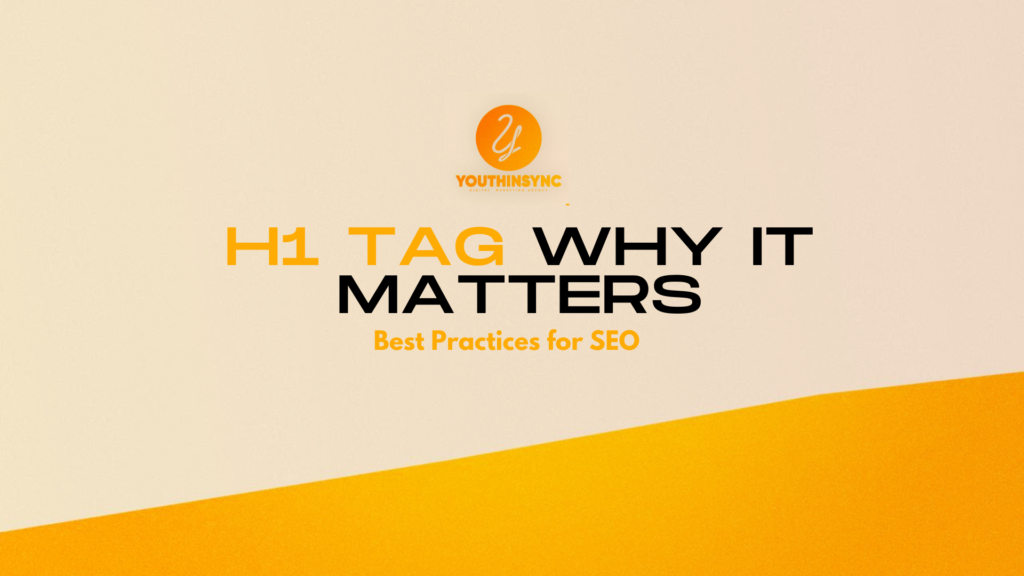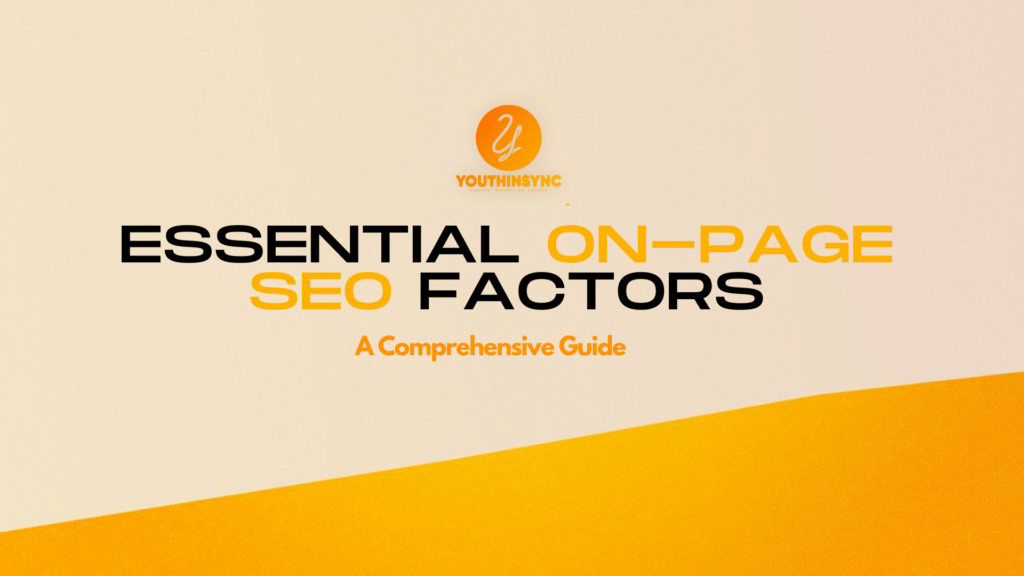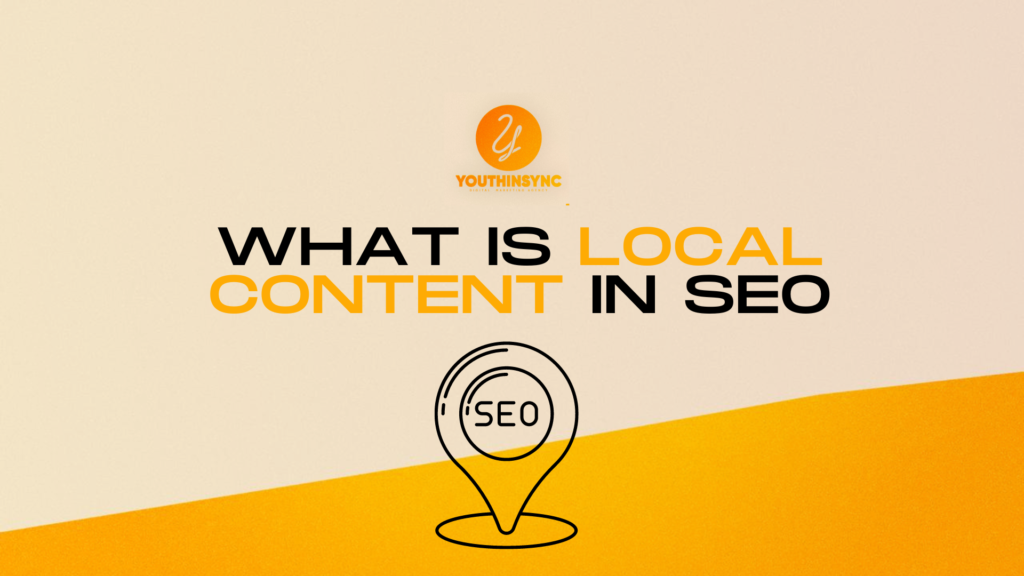H1 Tag: Why It Matters and Best Practices for SEO
Introduction In the vast landscape of digital marketing, SEO (Search Engine Optimization) remains a crucial component for online success. Among the myriad of factors that contribute to SEO, the H1 tag holds a special place. While often overlooked, the H1 tag is a powerful tool that can significantly influence your website’s search engine rankings and overall user experience. The H1 tag is not just a mere heading; it acts as a guidepost for both search engines and users. In this article, we will explore why the H1 tag is so important, how it impacts SEO, and the best practices you should follow to optimize it effectively. By understanding and implementing these strategies, you can enhance your website’s visibility and improve user engagement. What is an H1 Tag? The H1 tag, also known as the Heading 1 tag, is an HTML element that denotes the primary heading of a webpage. It is typically the largest and most prominent text on the page, designed to catch the user’s attention and provide a clear indication of the content’s main topic. Historically, the H1 tag has been an essential part of web development, serving as the top-level heading in a hierarchical structure of headings (H2, H3, etc.). It plays a dual role: helping search engines understand the content of the page and guiding users through the information presented. In a sense, the H1 tag is like the title of a book chapter. Just as a chapter title gives readers an idea of what they are about to read, the H1 tag informs users about the content they can expect on the page. For search engines, the H1 tag is a signal that helps them determine the relevance of the page to specific search queries. Why H1 Tags Matter for SEO The H1 tag is more than just a heading; it is a key element in SEO that can influence your website’s ranking on search engine results pages (SERPs). Here’s why the H1 tag is so important: Search Engine Understanding Search engines like Google use the H1 tag to understand the context and content of a webpage. By analyzing the H1 tag, search engines can determine how relevant the page is to a user’s search query. This, in turn, affects the page’s ranking on SERPs. User Experience The H1 tag also plays a crucial role in enhancing user experience. When a user lands on your page, the H1 tag is often the first thing they notice. A well-crafted H1 tag immediately communicates the value of the content, encouraging users to stay on the page longer. This can lead to lower bounce rates, which is a positive signal for SEO. Content Hierarchy The H1 tag sets the stage for the content hierarchy on your page. Proper use of the H1 tag helps establish a logical flow of information, making it easier for both users and search engines to navigate through your content. This hierarchical structure improves readability and contributes to better SEO performance. Mobile and Voice Search With the rise of mobile and voice search, the H1 tag has become even more critical. Mobile users often skim through content, and a clear H1 tag helps them quickly understand the page’s purpose. For voice search, the H1 tag can serve as a key phrase that search engines might use to provide direct answers to user queries. Impact on Click-Through Rates (CTR) A compelling H1 tag can also influence your website’s click-through rates. When your H1 tag aligns with the user’s search intent and the meta title, it can entice users to click on your link, driving more traffic to your site. Best Practices for Using H1 Tags To maximize the effectiveness of your H1 tag, it’s essential to follow best practices that align with SEO guidelines. Here are the key strategies to consider: Single H1 Tag per Page One of the fundamental rules of H1 tag optimization is to use only one H1 tag per page. While HTML5 allows for multiple H1 tags, using more than one can create confusion for search engines and dilute the focus of your content. A single H1 tag clearly defines the main topic of the page, making it easier for search engines to understand and rank your content. For example, if your page is about “Best SEO Practices,” your H1 tag should focus on this primary topic. Avoid using additional H1 tags for subtopics or other content elements. Keyword Optimization Your H1 tag should naturally incorporate the primary keyword for which you want the page to rank. However, it’s important to avoid keyword stuffing—cramming the H1 tag with keywords in an unnatural way. Instead, aim for a balance between keyword optimization and readability. For instance, if your target keyword is “H1 tag SEO,” an optimized H1 tag might be: “H1 Tag SEO: Why It Matters and Best Practices.” This not only includes the keyword but also provides a clear and informative heading for the user. H1 Tag Length The length of your H1 tag is another critical factor to consider. While there is no strict character limit, it’s generally recommended to keep your H1 tag concise—ideally between 20 and 70 characters. This ensures that the H1 tag is clear, to the point, and easily readable on both desktop and mobile devices. A shorter H1 tag is more likely to be fully displayed in search results, making it more effective in attracting clicks. However, it’s essential to ensure that the tag still accurately reflects the content of the page. Relevance and Clarity Your H1 tag should accurately represent the content on the page. It should be relevant, clear, and directly related to the topic at hand. A misleading or vague H1 tag can result in higher bounce rates, as users may leave the page if they don’t find what they
H1 Tag: Why It Matters and Best Practices for SEO Read More »



